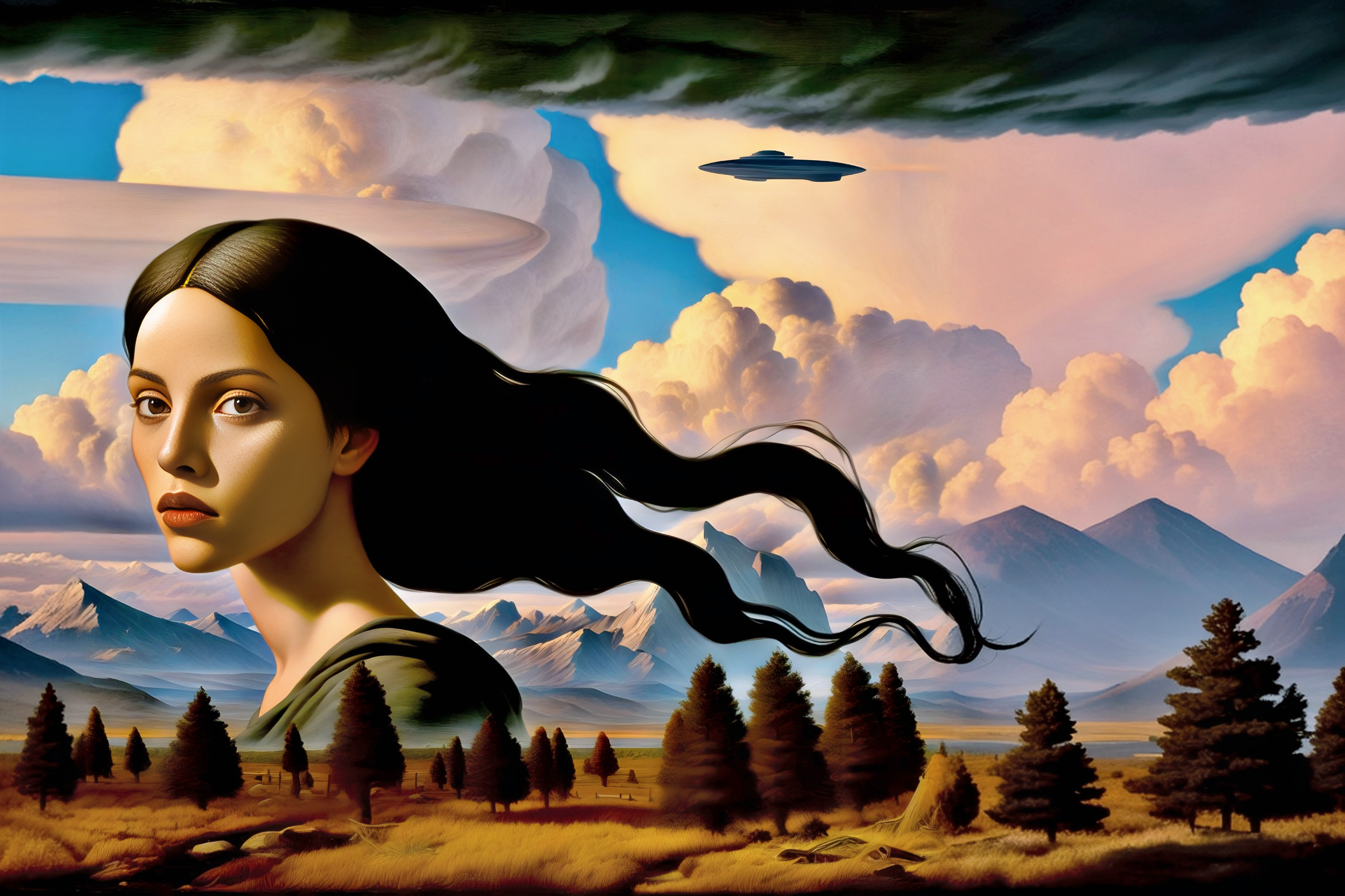
The Four Ages of Death
The Second Age
“You’re supporting her in this effort, aren’t you?”
“No greeting? No polite inquiry about how I’m doing? No pleasantries at all?” The translucent figure of my daughter looked at me with contempt, hands folded over her chest. “No, I suppose not. Well, it goes without saying that I’m not supporting her to die, but I am trying to help her.”
The eyes of my daughter’s avatar narrowed. “What do you mean by that?”
“I’m not involved in any lawsuits against her, for example.”
The avatar spat a little gobbet of light onto the floor and I could see her color shift towards the blue end of the spectrum. She rose to sit Buddha-like in midair, and pondered, as if speaking to herself, “Which piece of bullshit shall we deal with first?”
“Since when did you become quite so uncouth?”
“Let’s start with the legal issues, shall we? I am party to a suit that aims to save her life by requiring her to take life-saving medical treatment. Discontinuing such treatment is illegal in most jurisdictions. My mother is using a legal loophole in the system she now claims to call home to recklessly endanger her life. The deeper issue, though, and the subject of a second suit, is that she is suffering from psychosis. She needs — and yet continues to refuse — treatment to help her deal with the issues that have brought her to this low point in her life.”

The Third Age
Three weeks later, the stall owner contacted me, saying only, “She is here.”
I arrived at the café within hours, aching and nauseous from the journey down on a high-G re-entry shuttle. The stall owner was waiting for me, smiling in anticipation of his fee.
“Is she still here?”
He nodded.
“Where is she?” I demanded.
He rubbed his bristly chin with his hand and struck a pose of contemplation. “Let me think, now.”
I paid him the remainder of the archaic paper money.
The woman he pointed out was walking among the stalls, in the shadow of the buildings and elevated hov-tram way that arched over the multi-colored fabric roofs of the market stalls. She was dressed in loose, dark clothing, with a headdress and an electronic veil covering her face, another fashion that was once popular but now rarely seen. I approached hesitantly, suddenly afraid. I would never have recognized her had I been watching as I'd planned.
As I neared her, I could see clouds driven by the wind moving across the vale. Then it occurred to me that perhaps this wasn't her. I looked back. The stallkeeper had disappeared and, of course, so had the money.
The veiled woman was examining a tamarin in a cage, its bright eyes watching her gloved hand.
“Hello...”
She turned, surprised. Seeing me, she let out a little exclamation of shock and alarm. Before I could speak, she had started away from me, walking quickly into the warren of stalls in the darkness beneath the concrete apron of the hov-tram way. Although I could not see her face, I knew it was her.